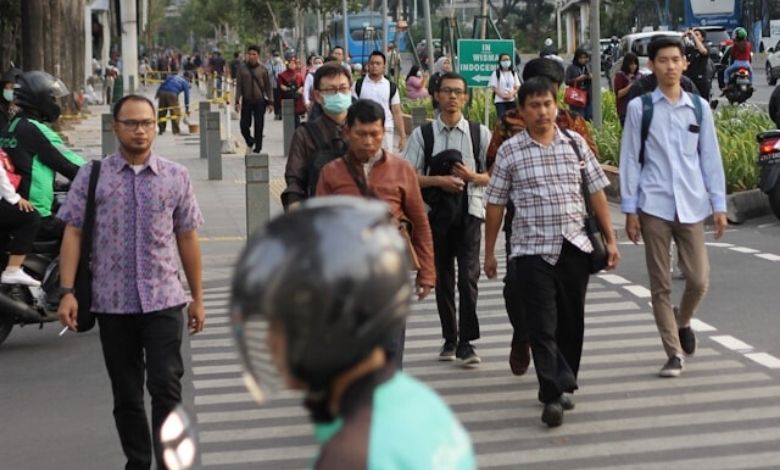How did Fenty Beauty face the child labor crisis? Explore the controversy, brand response, and steps toward ethical beauty practices.
I was literally floored when I heard about child labor in mica mining. I mean, who doesn’t love a little bit of sparkle on their highlighter or eyeshadow? But have we ever stopped to think where that shimmer actually comes from? For me, the idea of kids in hazardous mines to extract mica quickly made that glow lose its magic.
Then came the news about Fenty Beauty, a brand I admired due to its inclusiveness and innovative approach, connected with this very issue. It was a wake-up call, but not just related to the cosmetic industry, yet my role as a consumer in such complex global issues. This also made me reflect on the importance of social enterprise efforts in tackling challenges like these.
Below, see what went on, how Fenty Beauty responded, and what we can learn from it to actually make beauty ethical. Let’s unpack it together, shall we?
Article Breakdown
What is Mica, and for what reasons is it so in demand?

Let’s deal with the basics first: mica is a mineral that has traditionally been used for its shimmering, light-reflective properties. It is what gives makeup an iridescent, lit-from-within glow we are all obsessed with. Think about your favorite highlighter or that one eyeshadow which catches the light just right; chances are, mica is the star ingredient.
But the kicker is that upwards of a quarter of the world’s mica is coming from regions such as Jharkhand, India, and Madagascar, where the mining conditions are absolutely shocking: the regions are rife with illegal mining operations; children as young as four are involved in this dangerous work, toiling in poorly ventilated, unstable mines for a few pennies a day.
The Root Cause: Poverty and Desperation
It is not that some greedy companies are exploiting vulnerable workers; for most families, mining mica is the only significant source of income. When education is inaccessible and no other livelihood is considered, sending kids to mines becomes one of those grim necessities. The problem, in essence, is deeply systemic, linked to poverty, lack of governance, and minimum enforcement of labor laws.
Fenty Beauty and the Mica Controversy
What Happened?
In 2021, allegations surfaced that Fenty Beauty, Rihanna’s globally celebrated brand, was linked to mica sourced from Indian mines employing child labor. An NGO filed a complaint with India’s National Commission for Protection of Child Rights, urging an investigation. The news hit hard because Fenty Beauty had always been seen as a trailblazer in the industry , a brand that set new standards for inclusivity and representation.
Fenty Beauty’s Response
Fenty Beauty didn’t shy away from addressing the allegations. The brand reiterated its commitment to ethical sourcing and referenced its Supplier Code of Conduct. This document explicitly prohibits the use of child labor, forced labor, or any practices violating human rights. Here’s what stood out:
- Transparency: Fenty Beauty acknowledged the concerns and outlined its ethical standards.
- Supplier Accountability: The brand emphasized that all suppliers must comply with its Code of Conduct, which includes adhering to labor laws.
- Plans for Improvement: While Fenty doesn’t currently audit its mica suppliers, it mentioned that it would consider audits and third-party verifications if risks were identified.
This response was a step in the right direction, but it also highlighted gaps in the industry’s approach to supply chain transparency.
The Bigger Picture: Mica Mining’s Global Challenge
Industry-Wide Problems
The truth is, Fenty Beauty isn’t alone. Many major beauty brands rely on mica, and tracing its source is notoriously tricky. The supply chain often involves multiple intermediaries, making it hard to verify whether the mica is ethically sourced.
To combat this, some brands and organizations have joined initiatives like the Responsible Mica Initiative (RMI). RMI works to establish fair labor practices, eliminate child labor, and ensure sustainable mica mining. However, as of now, Fenty Beauty isn’t listed as a member of RMI, raising questions about its broader involvement in collective efforts to tackle this issue.
Why This Matters
The cosmetics industry is worth billions, yet the people at the bottom of the supply chain often earn less than a living wage. This disparity is stark and heartbreaking. Addressing child labor in mica mining isn’t just about corporate responsibility , it’s about human dignity and fairness.
What Fenty Beauty (and Other Brands) Can Do
1. Conduct Regular Audits
Brands need to go beyond policies and implement rigorous audits of their supply chains. Third-party verification can help identify risks and ensure compliance with ethical standards. Transparency should be non-negotiable.
2. Join Industry Initiatives
Collaborating with initiatives like RMI can amplify impact. Collective action often leads to more significant results, as it brings together resources, expertise, and influence.
3. Invest in Mica Communities
Real change starts at the grassroots level. Brands can invest in education, healthcare, and alternative livelihoods for families in mica-producing regions. By addressing the root causes of child labor, they can help break the cycle of poverty and exploitation.
4. Communicate with Consumers
Consumers are increasingly demanding transparency and ethical practices. Brands should openly share their efforts and progress, building trust and accountability.
How You Can Make a Difference
You might be wondering, “What can I do? I’m just one person.” But trust me, your choices as a consumer matter. Here’s how you can help:
- Do Your Research: Before buying from a brand, check its stance on ethical sourcing. Look for certifications or affiliations with initiatives like RMI.
- Ask Questions: Reach out to brands and ask about their mica sourcing practices. Your voice can push them to prioritize transparency.
- Support Ethical Brands: Choose companies that are committed to fair labor practices, even if their products are slightly more expensive.
- Donate or Volunteer: Support organizations working to combat child labor in mining communities. Your contribution can create real change.
How I Learned That Every Purchase Is a Vote for the World I Want
Writing this piece has been a journey for me. I used to think my role as a consumer ended at the checkout counter. But now, I realize that every purchase is a vote , for the kind of world I want to support. Learning about Fenty Beauty’s response to the mica controversy has made me more aware of the complexities of ethical sourcing. It’s not just about boycotting a brand; it’s about holding them accountable and encouraging them to do better.
If there’s one thing I’ve learned, it’s that change doesn’t happen overnight. But every step counts. By staying informed, asking questions, and making conscious choices, we can all contribute to a more ethical and equitable world. And that, my friend, is a glow worth having.
Key Takings
- The child labor crisis in mica mining is a stark reminder that the beauty industry’s sparkle often comes at a cost.
- While Fenty Beauty’s response highlights its commitment to ethical practices, there’s still work to be done, not just by them but by the entire industry.
- As consumers, we hold incredible power. By demanding transparency and supporting brands that prioritize ethics, we can drive change from the ground up.
- Let’s make sure that every shimmer and glow in our makeup bag reflects not just beauty but also integrity, fairness, and humanity.
Useful Articles:
- Helping to Eliminate Child Labour From Global Supply Chains: This article discusses the Responsible Mica Initiative’s efforts to create a sustainable mica supply chain in India, aiming to eradicate child labor by 2030.
- Fenty Beauty’s Inclusive Revolution: Rihanna’s $582M Impact: This blog post highlights Fenty Beauty’s commitment to ethical ingredient sourcing and its transformative impact on the beauty industry.
- Inside Beautycounter’s quest to transform its mica supply chain: This article explores Beautycounter’s initiatives to address mica sourcing challenges and eliminate child labor in the beauty industry.



